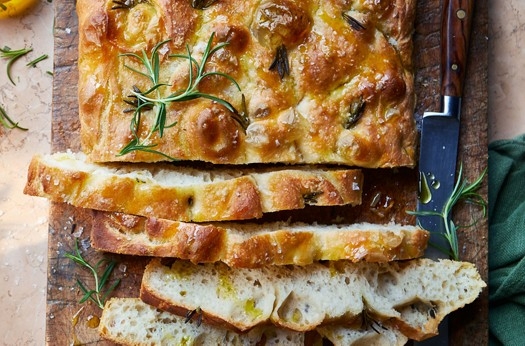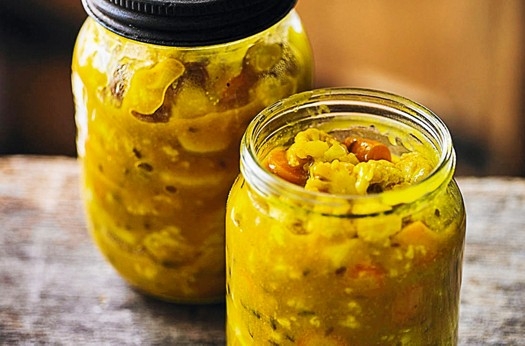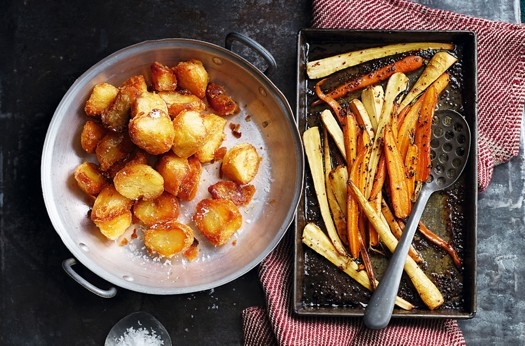
The best focaccia
By Alexander Oshima
20’
Prep time
25’
Cook time
45’
Total time
193
Calories
1
Serving
Summary
Martha collison's bread doesn’t require complicated shaping or laborious kneading, so it is a brilliant everyday loaf to become familiar with.
Alexander Oshima
0 Followers
Step by Step
Step 1
Step 2
Step 3
Step 4
Step 5
Step 6
Step 7
Ingredient
-
 Fine salt2 tsp
Fine salt2 tsp -
 Extra virgin olive oil4 tbsp
Extra virgin olive oil4 tbsp -
 Caster sugar1 tsp
Caster sugar1 tsp -
 Strong white bread flour500 grams
Strong white bread flour500 grams -
 Rosemary1 sprig/s
Rosemary1 sprig/s -
 Sea salt flakes1 tsp
Sea salt flakes1 tsp -
 Easy bake yeast sachet7 grams
Easy bake yeast sachet7 grams



